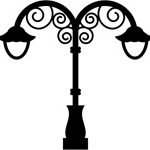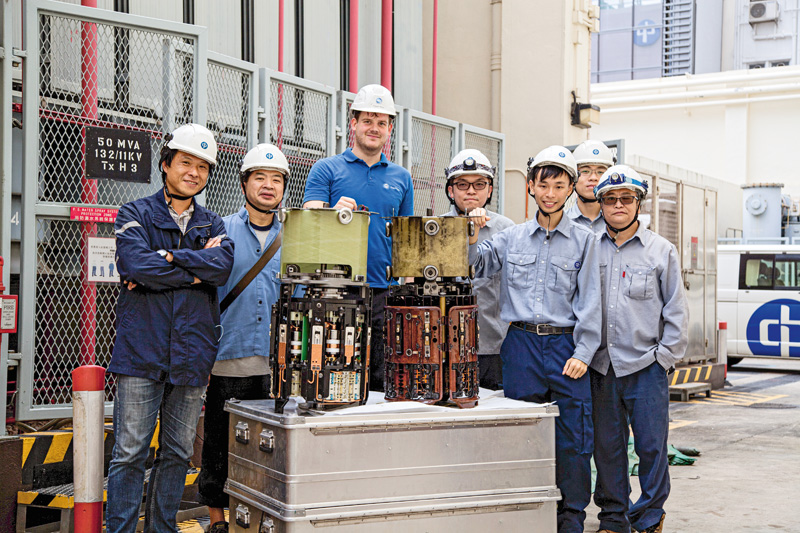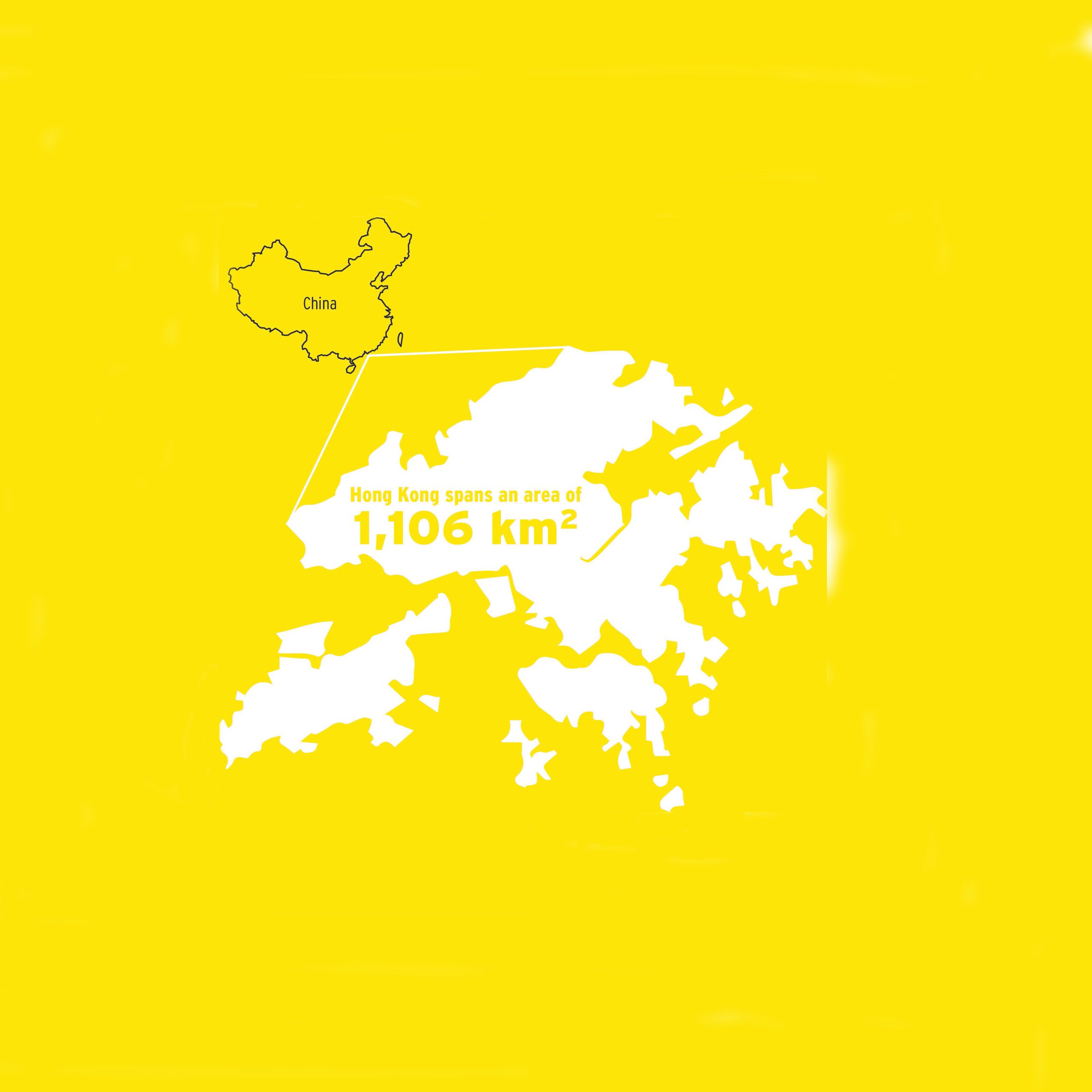There are some 11 cities with over a million inhabitants located in the Pearl River Delta region. Hong Kong is one of them. Here, we take a trip through the energy that powers this megacity.
1890
Hong Kong’s first electric street lamps were installed in with two 50 kW steam-powered generators keeping them running.
Becoming a Megacity: Hong Kong’s Population Explosion
 Year: 1901
Year: 1901
Inhabitants: 283,205
 Year: 2019
Year: 2019
Inhabitants: 7,518,900
 Year: 2050
Year: 2050
Inhabitants: 8,161,000
 Demand for electricity in Hong Kong has risen by as much as
Demand for electricity in Hong Kong has risen by as much as
80 %
since 1990
 161,118 Terajoules
161,118 Terajoules
This is how much power Hong Kong consumed in 2018. Divided up, the picture looks like this:
The power grid at a glance:
5 power plants
cater to 77 % of the demand for power.
23 %
of Hong Kong’s electricity is imported from elsewhere.
2 companies
are responsible for Hong Kong’s power supply: The China Light and Power Company (CLP), founded in 1901,and the Hongkong Electric Company (HKC), founded in 1890.
15,800 Kilometers
of transmission and high-voltage distribution lines cover the power grid operated by CLP.
This includes 14,917 distribution stations at primary and secondary level.
Mega Service for a Megacity
To ensure that the lights never go out in Hong Kong, the city’s largest grid operator is putting its trust in Reinhausen’s service.
As soon as the last of the day’s sunlight reflects in the skyscraper facades on the Pearl River Delta and dusk sets in, Hong Kong transforms into a shimmering sea of lights from myriad sources. At night, it becomes clear what gives this megacity its buzz during the day too: electricity. Around 80 percent is supplied by the China Light and Power Company, CLP for short, which was founded in 1901 and is the city’s largest energy supplier.
And this supply is needed around the clock, every single day. The absolute worst-case scenario would be if the grid collapsed and the most important lifeline in this finance and commerce metropolis was severed. Traffic would come to a standstill, goods supplies would come to a halt, and lives would be put at risk. CLP therefore needs to be able to rely on its equipment one hundred percent. An essential role is played by the power transformers which are distributed across the city region and are equipped with around 400 tap changers supplied by Maschinenfabrik Reinhausen (MR), for which CLP has now concluded a comprehensive Service cooperation with Reinhausen.

Jason Au, a maintenance engineer in the East & West Region who is also responsible for service projects at CLP, explains the situation: “MR has all the spare parts we need and offers a comprehensive service for overhauling and retrofitting on-load tap-changers, as well as troubleshooting in the event of an emergency. MR is renowned for its exceptional customer service and its experienced and superbly trained technicians who are also up to speed on the requirements of the power grid in Hong Kong.” Several extensive retrofit projects have already been completed.
A service engineer from Regensburg retrofitted a total of 6 transformers with diverter switch inserts from the VACUTAP® VM® series at the end of 2018. “Vacuum technology from Reinhausen helps us to extend the service life of our transformers. What’s more, these tap changers require virtually no maintenance. “From a cost perspective, this is a key factor,” states Jason Au and adds: “A further advantage of vacuum technology is that much less insulation oil is required for the tap changers due to the fact that they are virtually maintenance-free. This is excellent news for our climate objectives, as in addition to costs, we are also looking to save on resources.”
YOUR CONTACT

Do you have any questions about the service?
Dr. Ralf John is here to help:
R.John@reinhausen.com
